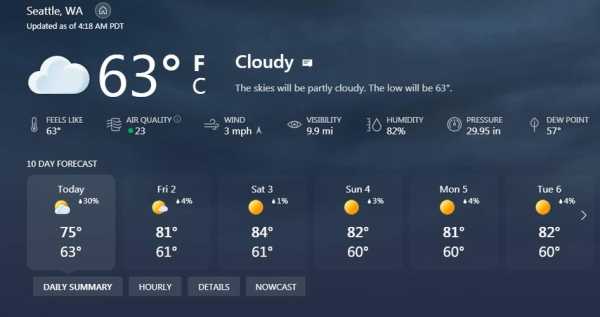谋道天气预报( Whens the weather most pleasant)
A Stern Look at "When's the Weather Most Pleasant?"

Let's be blunt: "When's the weather most pleasant?" is a question riddled with ambiguity. It's a question that reeks of a lack of seriousness, a casual approach to a topic that deserves a level of rigor. Pleasant, after all, is subjective. Does "pleasant" mean a warm, sunny day with a gentle breeze? Or a cool, crisp evening with a cozy fireplace? Are you considering the average temperatures, humidity, precipitation, or perhaps the presence of pesky insects?
This haphazard approach to weather forecasting is unacceptable. We need to abandon this naive pursuit of "pleasant" and embrace a more robust, data-driven analysis.

Defining "Pleasant"
First, we must establish a clear definition of "pleasant." We need to move beyond subjective interpretations and adopt a more objective framework. Perhaps we could utilize a standardized metric, a "Pleasantness Index," that incorporates factors such as:
Temperature: Ideal temperature ranges vary across individuals and regions. Let's incorporate a range of acceptable temperatures, taking into account the specific location.
Humidity: High humidity can feel oppressive. An index should incorporate comfortable humidity levels, factoring in the impact on human perception.
Precipitation: Rain can be refreshing, but excessive rainfall can be disruptive. The index should account for acceptable precipitation levels, factoring in the duration and intensity of rainfall.
Wind Speed: Strong winds can be uncomfortable, while gentle breezes can be pleasant. The index should incorporate acceptable wind speed ranges, taking into account the impact on human comfort.
Sunshine: Sunshine can be beneficial for mood and overall well-being. The index should incorporate factors that account for optimal sunshine levels, considering regional variations.
Data-Driven Analysis
Once we have a clearly defined "Pleasantness Index," we can leverage the power of data analysis. We need to collect historical weather data and use sophisticated algorithms to identify patterns and trends. We should not rely on anecdotal evidence or casual observations.
A More Serious Approach
By adopting a more serious approach, we can move beyond the ambiguity of "pleasant" and develop a reliable framework for predicting optimal weather conditions. This framework can be used by individuals to plan their activities, by businesses to optimize operations, and by governments to inform public policy.
Example: A Simplified "Pleasantness Index"
Consider the following example, a simplified "Pleasantness Index" that considers temperature, humidity, and precipitation:
| Factor | Criteria | Score |
|---|---|---|
| Temperature | 15°C - 25°C | 5 |
| Humidity | Below 60% | 4 |
| Precipitation | No rainfall or light drizzle (less than 2 mm) | 3 |
This is merely a basic example. The actual index should incorporate a wider range of factors and be customized to specific geographic locations.
Moving Forward
The pursuit of "pleasant" weather is not a frivolous endeavor. It has the potential to improve our lives in countless ways. However, it requires a more serious and rigorous approach. Let's abandon the casual, subjective approach and embrace a data-driven framework that leads to more accurate predictions and ultimately, more pleasant experiences.
Let us know your thoughts on this matter. How should we define "pleasant" weather? What other factors should be incorporated into a "Pleasantness Index"? What data sources could we utilize to create a more robust prediction model?












